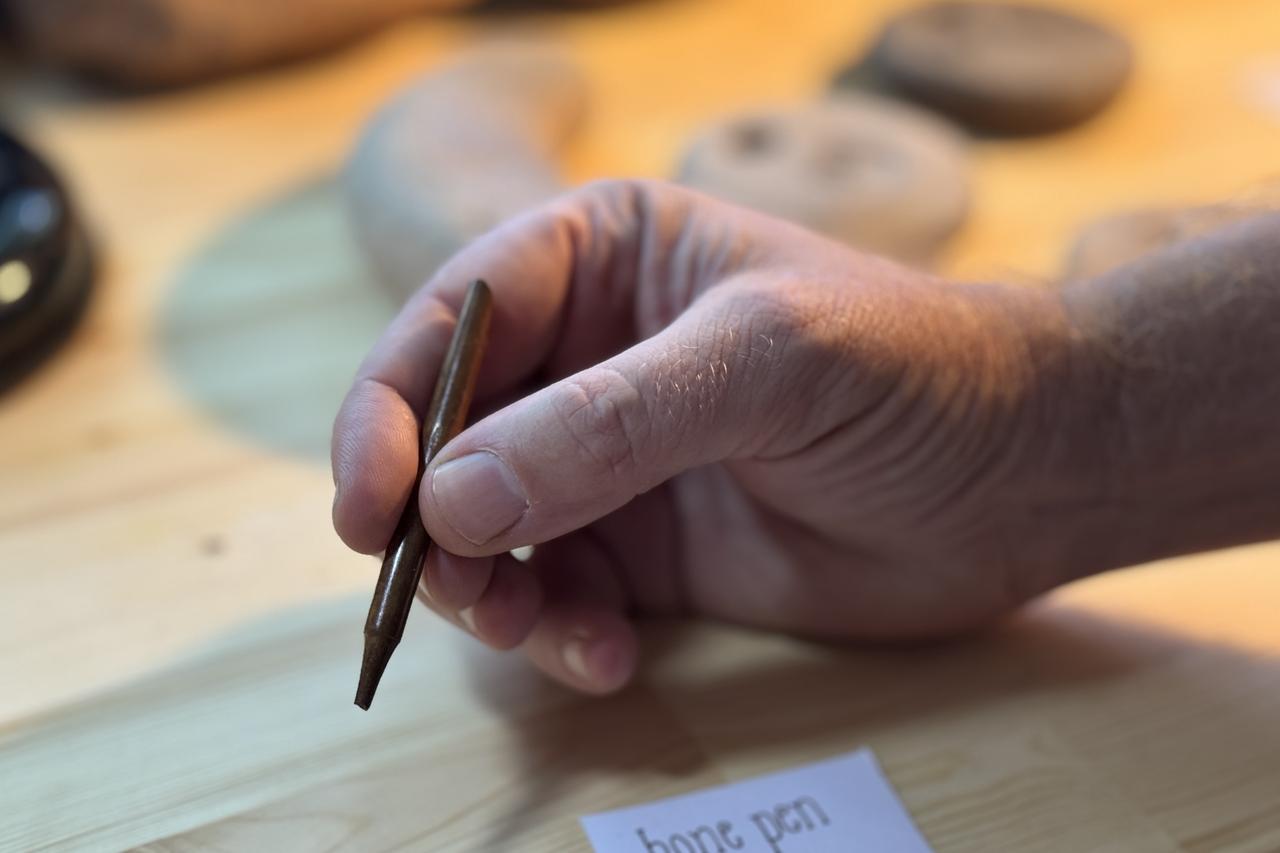
Excavations at Turkmen Karahoyuk, near Cumra in central Türkiye, have yielded eye-catching finds, including children’s toys, seals, a clay die, a bathtub, and a pen carved from animal bone.
The multinational project reports that the settlement, occupied roughly between 3000 and 50 B.C., functioned as a major administrative and commercial hub and is viewed as a strong candidate for the still-unlocated Hittite capital.

Archaeologists describe Turkmen Karahoyuk as a hoyuk—an archaeological settlement mound, also known as a “tell,” formed by layered occupation over centuries.
The team says the site once lay by a fertile river delta with wide pastures and a lake, where farming, herding and fishing took place.
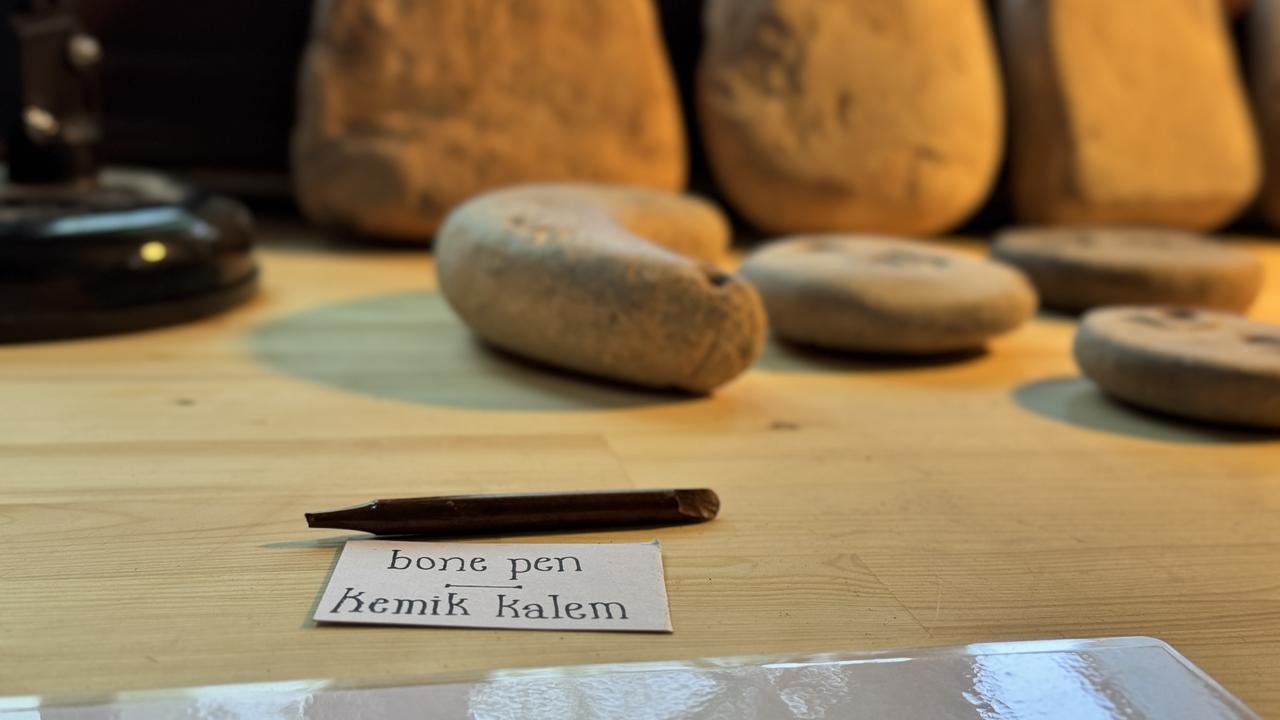
Co-director Michele Ruzgar Massa of Bilkent University noted a cluster of headline objects: “We found a 4,000-year-old seal and a 2,000-year-old pen made from animal bone.”
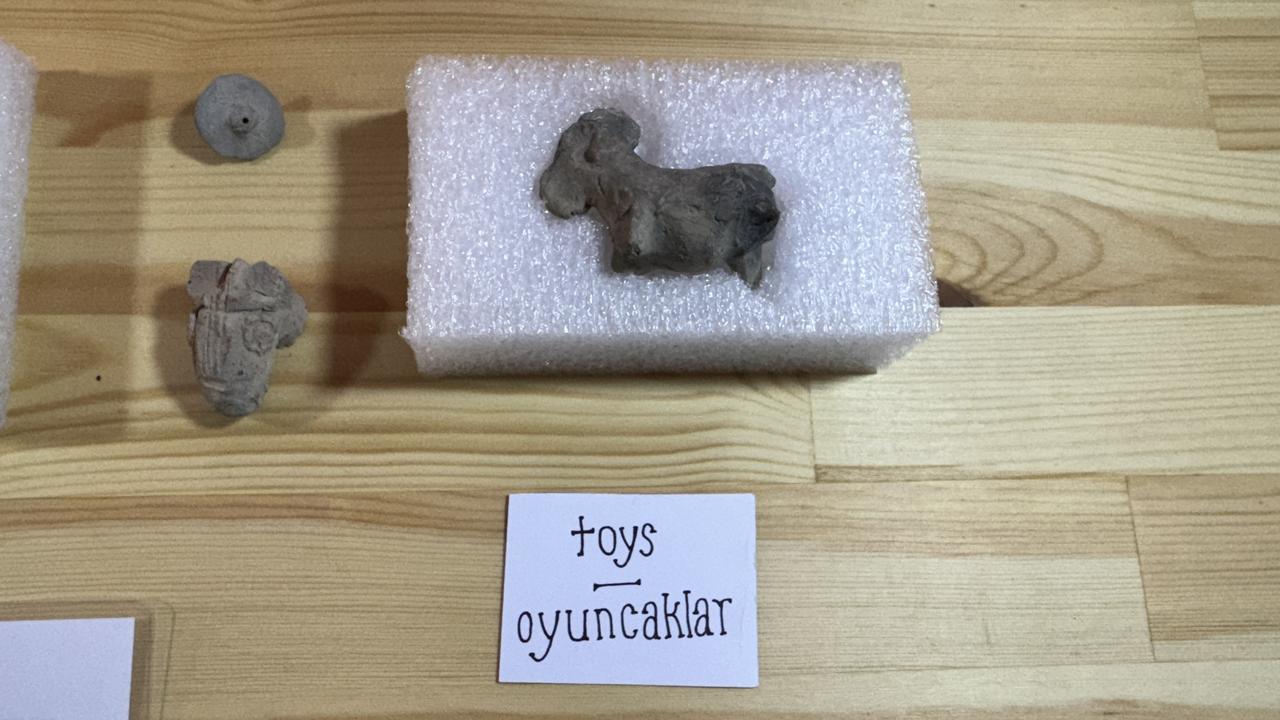
The dig also brought to light toys—including horse figurines dated to about 3,700 years ago—arrowheads, perfume bottles, a clay die from around 2,000 years ago, knucklebones and a bathtub.
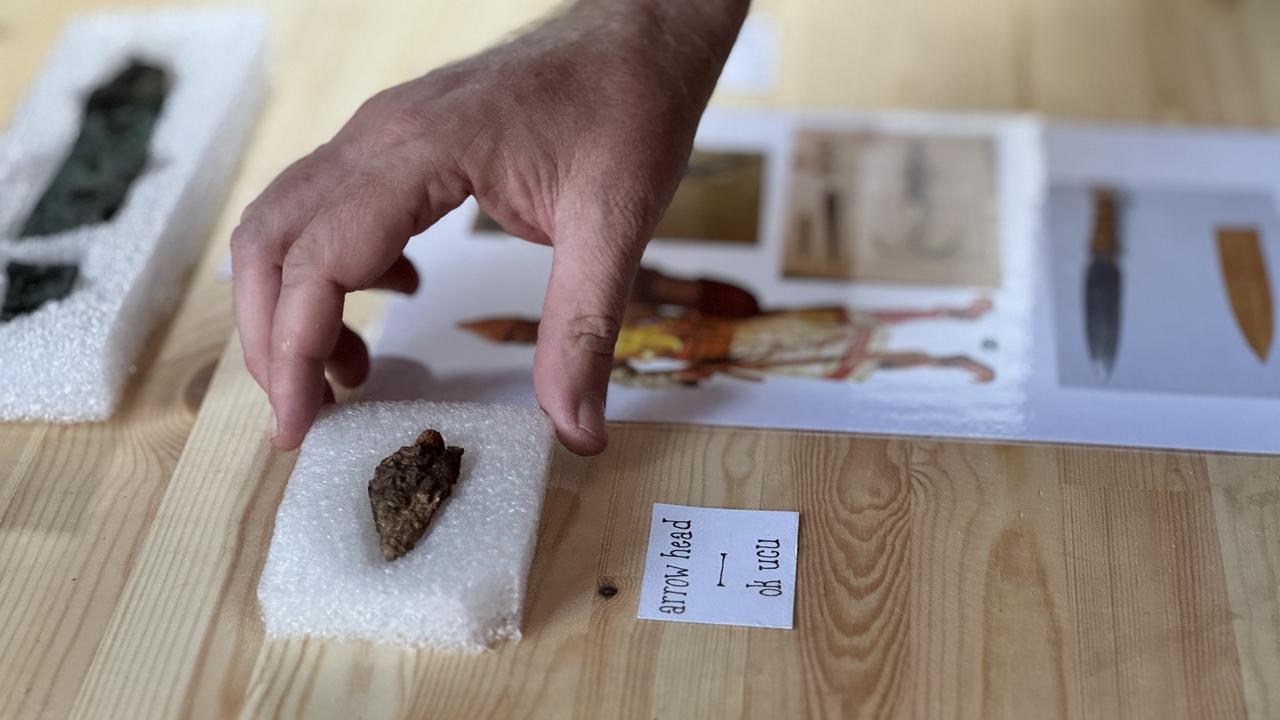
Co-director James Osborne of the University of Chicago pointed to signs of a violent end around the 50s B.C., citing burned walls and an arrowhead that suggest the city came under attack and was then abandoned. He added that the Hittite administrative center is assessed to have shifted from this location to Konya.
Specialists on the project believe certain goods were imported: perfumes from Egypt and Cyprus, jade and agate from the Caucasus and amber from the Baltic. The team also identified remains linked to a monkey brought from Egypt about 3,700 years ago—an “incredible discovery,” Osborne said—recalling Hittite texts that mention monkeys trained to dance and given as diplomatic gifts by rulers of Egypt and the Eastern Mediterranean.
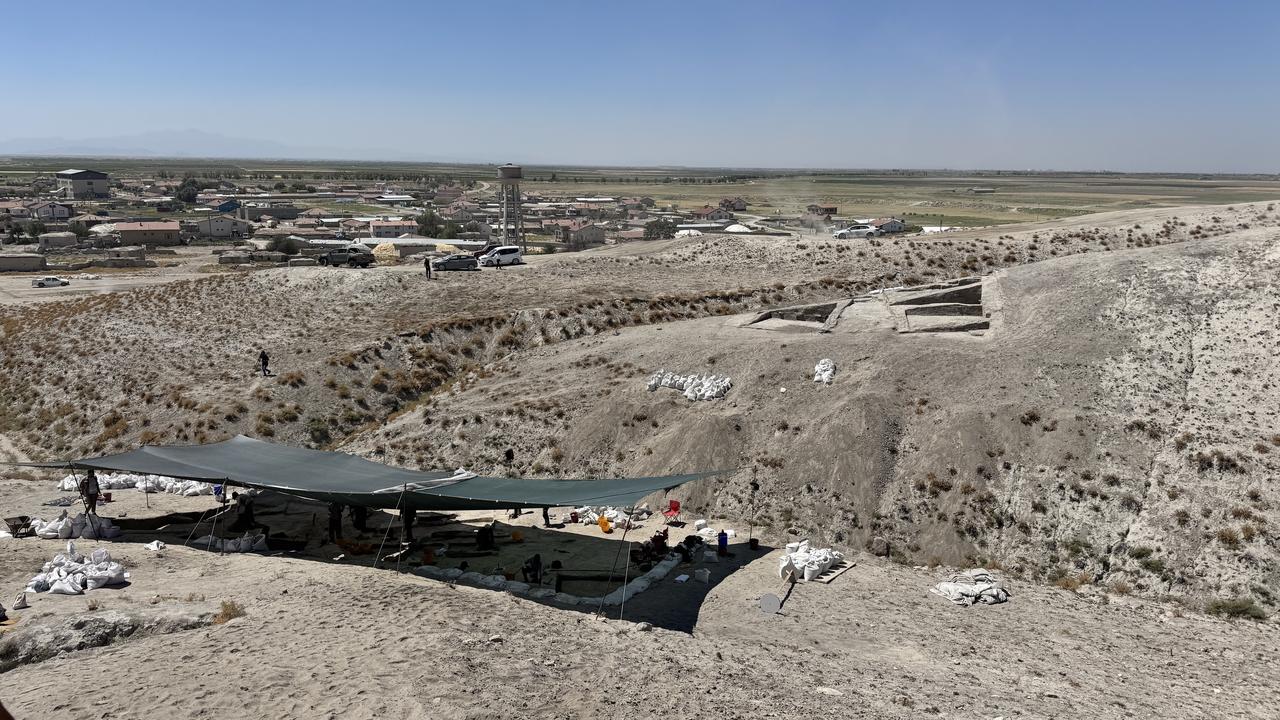
Fieldwork began last year with permission from the Ministry of Culture and Tourism after six years of survey. The excavation is co-chaired by Massa and Osborne, coordinated by Huseyin Erpehlivan of Bilecik Seyh Edebali University and supported by Bilkent, Chicago, Oxford, New York and Pavia Universities, the British Institute at Ankara and the Konya Metropolitan Municipality.
A team of 120 researchers and staff from 10 countries is documenting plant, animal and human remains, pottery and small finds, as well as architecture and community archaeology.